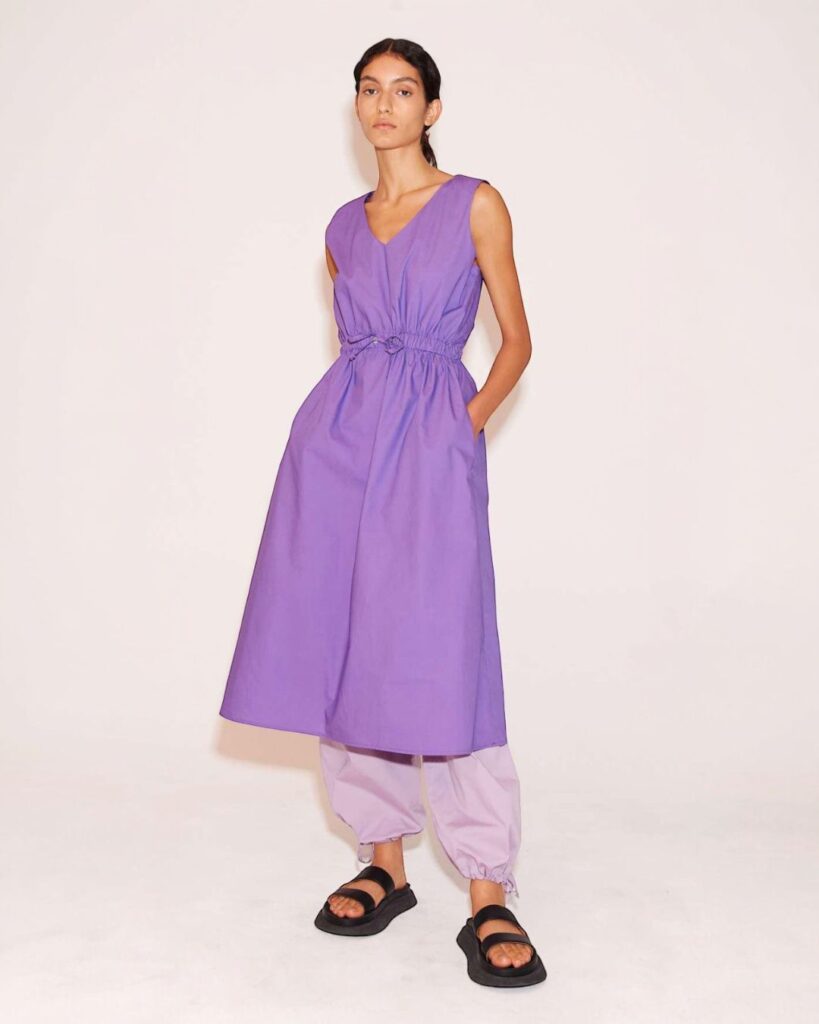Exclusive Slow Fashion in Small Batches
Good Design & Thoughtful Lifestyle #ForModernHumans
What do we do?
We offer exclusive slow fashion in small batches, carefully selected from independent international designers, with a particular passion for Japanese brands. Our selection intentionally offers limited pieces to ensure uniqueness and a sustainable approach. Indeed, to minimise waste, we limit the quantities of pieces we order. Also, we reduce packaging to the essentials. Our aim is not to accumulate more but rather to prioritise quality over quantity. So, it is not whether an item is from the current season or not, but rather it is about whether it is truly worth having. It’s about enduring value.
Why do we do it?
The traditional fashion industry model, focused on endless growth, overproduction, and rampant consumption, is no longer viable. Game over. With 2024 potentially surpassing 2023 as the hottest year on record due to human-caused climate change, the need for a different approach is urgent. We must make a change.
Who is it for?
Our approach isn’t for everyone. If you don’t see a problem with overconsumption, disposable garments, frequent flights, constantly upgrading tech devices, and so on, our offerings may not resonate with you. However, if you recognize the urgency of climate breakdown and believe in the necessity of change, you’ll find kindred spirits here.
Our selections are for those who reject business as usual and understand the importance of respecting planetary boundaries. We cater to individuals who are passionate about discussing climate change, ethical business practices, and a thoughtful lifestyle. If we fail to understand and operate within these limits, we risk heading towards extinction.
Change must happen now, not later.
Evolved fashion design must start from this awareness. A meaningful lifestyle begins here. Our exclusive slow fashion in limited pieces reflects this ethos: encouraging questions, finding solutions, and sharing meaningful ideas.
Exclusive Slow Fashion in Small Batches Read More »
